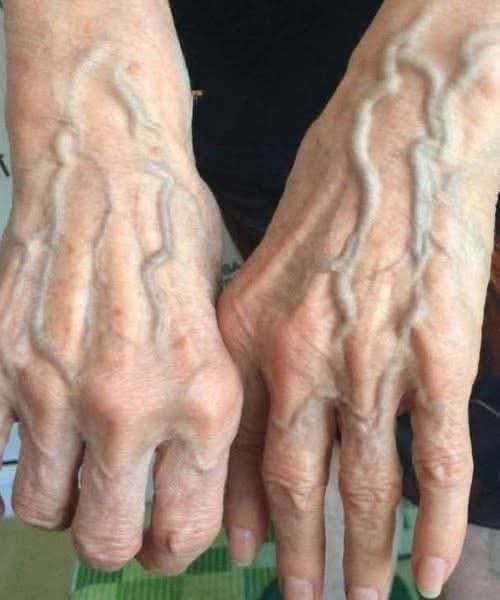Have you ever looked down and noticed new veins appearing on your hands, arms, or legs seemingly overnight? While this can be surprising, it’s not always a cause for alarm. In most cases, visible veins are a natural result of how your body changes over time or reacts to certain conditions. Here are the most common reasons why veins may suddenly become more noticeable — and when it might be worth checking in with a healthcare professional.
1. Low Body Fat Levels
When body fat decreases, especially around the limbs or midsection, the thin layer of fat that normally conceals veins becomes smaller. As a result, veins are pushed closer to the surface of the skin, making them easier to see. This is often observed in athletes, fitness enthusiasts, or individuals who have recently lost weight.
2. Exercise and Strength Training
During exercise, blood flow increases to deliver oxygen to your working muscles. This temporary surge can cause veins to swell slightly, making them stand out more. With consistent training, your muscles grow and push veins closer to the surface. This effect, often referred to as “vascularity,” is a normal and healthy adaptation to regular physical activity.
3. Warm or Hot Weather
Hot weather naturally causes veins to dilate — or widen — as your body works to release heat and maintain a stable temperature. When this happens, veins may appear larger and more visible, especially in your arms, hands, and legs. Once temperatures cool down, they typically return to their normal size.
4. Aging and Skin Changes
As we age, the skin gradually becomes thinner and loses some of its natural elasticity. This change makes the underlying structures of the body, including veins, more visible. The process is completely normal and is part of the skin’s natural aging cycle.
5. When It Might Signal a Health Concern
While most visible veins are harmless, there are times when they can indicate an underlying condition — particularly if they appear suddenly or are accompanied by discomfort. You should seek medical advice if you notice:
-
Pain, swelling, or tenderness around the vein
-
A bulging or twisted appearance (which could suggest varicose veins)
-
Redness or warmth around the area
-
Skin discoloration or sores near the affected veins
These symptoms may be related to issues like poor circulation, varicose veins, or inflammation of a vein (phlebitis), which require professional evaluation.
6. How to Support Healthy Veins
If your visible veins are cosmetic and not painful, a few lifestyle habits can help promote vein health:
-
Stay active: Regular movement keeps blood flowing smoothly.
-
Avoid sitting or standing for long periods: Take short breaks to move your legs.
-
Maintain a balanced diet: Foods rich in antioxidants and hydration support skin and vascular health.
-
Protect your skin: Use sunscreen to help prevent skin thinning and damage over time.
Final Thoughts
Sudden or prominent veins are usually a sign of normal body changes — from exercise, aging, or environmental factors. However, if the change feels unusual, comes with pain, or affects one specific area, it’s always best to get checked by a medical professional for reassurance.
Taking care of your overall circulation through regular movement, hydration, and balanced nutrition can help your veins stay healthy and strong for years to come.
